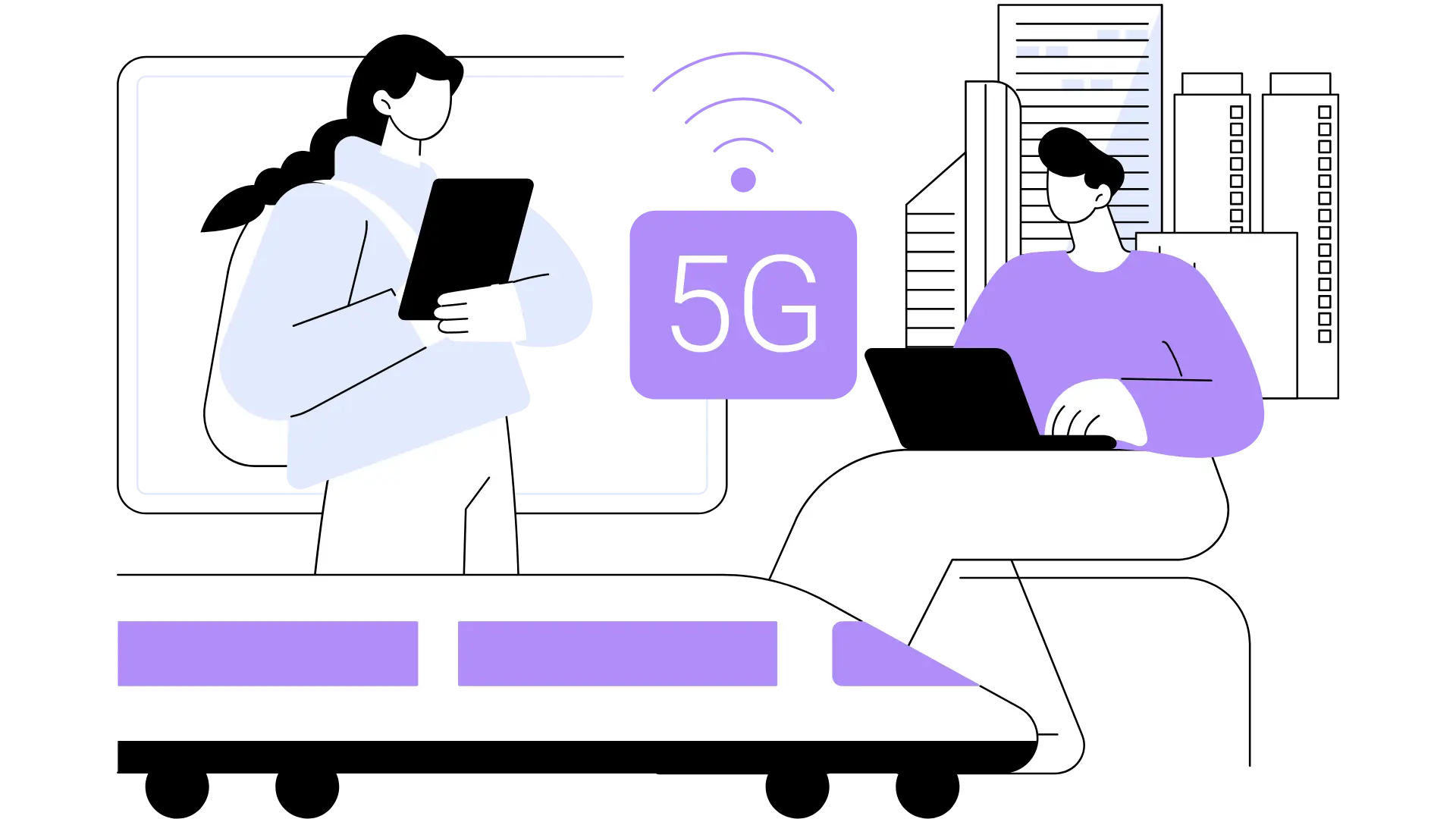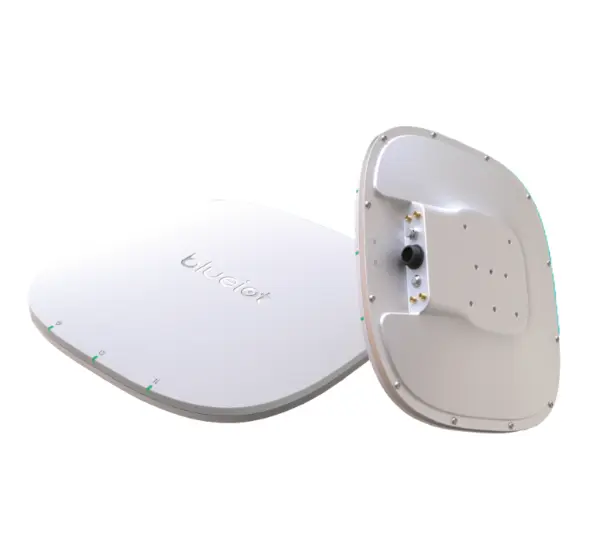BLE (Bluetooth)
Overview of BLE technology
BLE technology utilizes short-range radio waves to enable wireless communication between devices. It is designed for low power consumption, making it ideal for applications requiring long battery life. BLE technology facilitates the exchange of data over short distances and is widely adopted in various sectors, including wearables, beacons, smart home devices, and asset tracking solutions.
Importance of Effective BLE Beacon Placement and Configuration
Proper placement and configuration of BLE beacons are crucial for accurate data transmission, reliable proximity detection, and effective asset tracking. Strategic deployment ensures optimal signal coverage, minimizes interference, and enhances the performance of BLE-based systems. This guide provides best practices for achieving effective beacon deployment and maximizing the benefits of BLE technology in your operations.
Track People Indoors Using BLE Technology
BLE tracking uses small, low-power devices to monitor a person’s location in real time within a defined area. It's ideal for workplaces, hospitals, or events, enabling zone-level accuracy, safety alerts, and movement analytics with minimal energy use.

BLE Features

Low Power Consumption
BLE is designed to consume very little power. Devices like wristbands, ID badges, or smartphones can run for days or even weeks on a single charge.
Real-Time Location Tracking
BLE beacons or tags can provide near real-time tracking. Useful for workplace safety, healthcare, events, or school security.

Indoor Positioning
Unlike GPS, which struggles indoors, BLE works well inside buildings. Can be used to track movement through rooms, halls, and floors.
Our Hardware Solutions:

BLE Receivers
Device that receives signals from BLE beacons and sensors, then transmits the collected data to a central system for analysis.

BLE Tags and Beacons
They are small, low-power devices that use the Bluetooth Low Energy (BLE) protocol to transmit a unique identifier.